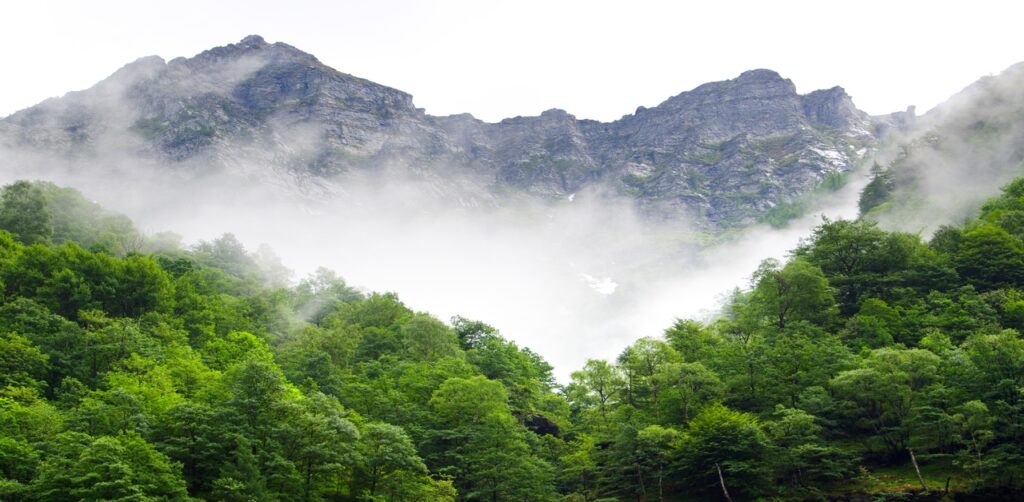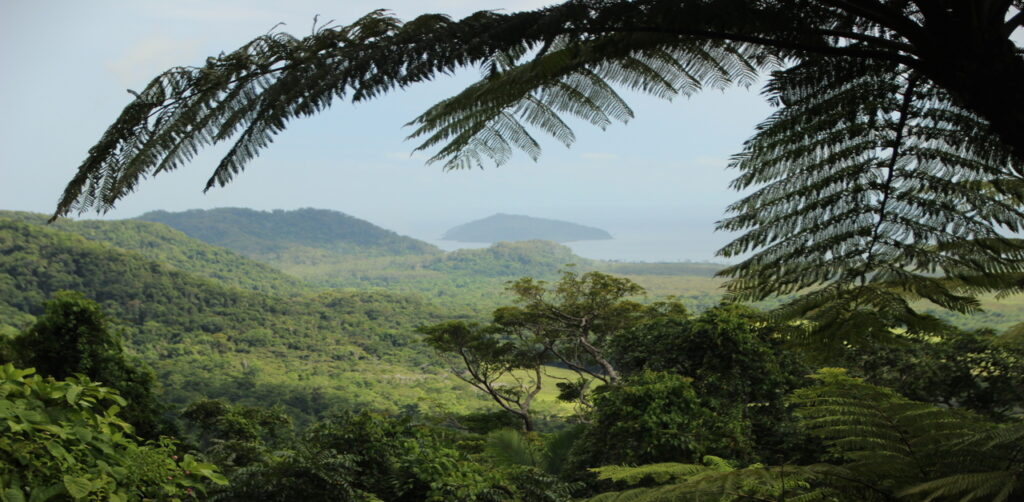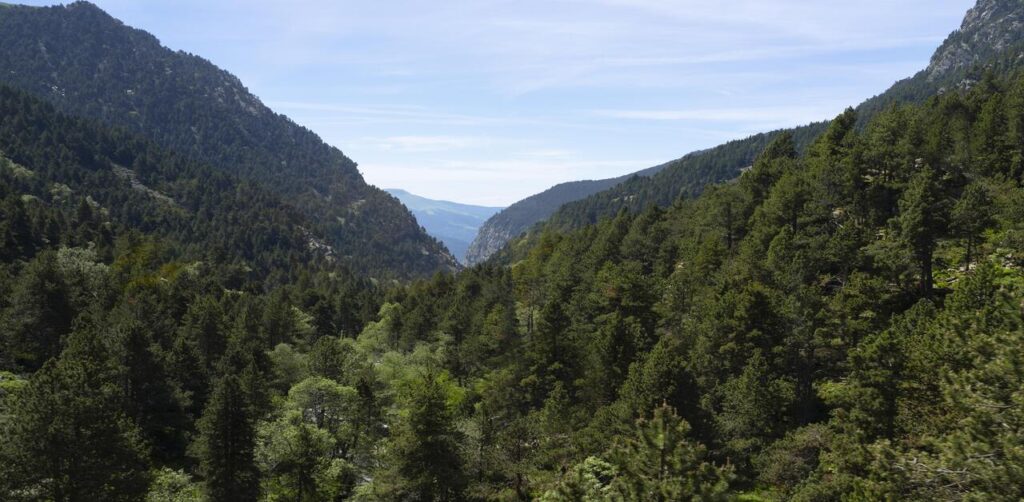One of the most significant types of soil is forest soil, which is found throughout the world. It is the foundation of the forest ecosystem, sustaining an enormous diversity of flora and fauna.
There are tall trees, fragile bushes and shrubs, and microorganisms all the way down to individual cells. The quality and properties of the soil drive the life cycle in the forest.
This article will discuss the formation, types, attributes, composition, and significance of forest soil, and specifically the role of forest soils in India and worldwide.
What is the Forest Soil?
Forest soil, as the name indicates, is the soil mostly found under forest cover.
It is formed gradually as the result of the breakdown of organic material like dead plants, fallen twigs and leaves, and animals.
Such soil is usually humus-rich and hence dark in color and very fertile.
The composition of the soil in the forest differs from that of the climate, vegetation, and topography of an area.
Formation of Forest Soil
The formation of soil in forests is quite a natural process, which, to a large extent, depends on
1. Climate: Rainfall and temperature influence the level of decomposition and leaching.
2. Vegetation: The dense tree cover provides an ongoing supply of organic matter.
3. Microorganisms: Dead materials are consumed by bacteria, fungi, and insects.
4. Parent Material: The kind of rock below affects mineral presence.
Throughout thousands of years, the factors have been interacting and forming layers of soil that are nutrient- and organic-rich.
If you want to buy an Oxford map, then you can click here.

Characteristics of Forest Soil
The forest soil has several characteristics:
1. Organic Matter: It has high contents of humus, decaying leaves, and wood.
2. Moisture Retention: It tends to retain water, particularly in areas that have a cooler and wetter climate.
3. Layered Structure: There are well-developed horizons (O, A, B, and C layers).
4. Acidity: They tend to be slightly acidic, especially in the regions of coniferous forests.
Depending on the kind of forest and minerals involved, the color can range from dark brown to reddish brown.
Types of Forest Soil
The forest soil may further be divided into the type of forest and the climatic condition:
1. Temperate Forest Soil: Occurs in temperate forests, deciduous and coniferous forests. These are fertile, loamy, and humus-rich soils.
2. Tropical Forest Soil: This soil is found in the rainforests, where it may be less productive because of the excessive rainfall, which is likely to wash out the nutrients.
3. Montane Soil: This type of soil is found in the forests in the mountains. It is mostly shallow as well as rocky, but with high levels of organic material.
4. Podzolic Soil: It is prevalent in coniferous forests; it is acidic and nutrient-depleted; however, it contains much iron and aluminum.

Composition of Forest Soil
1. Minerals: Gravel, silt, sand, and clay as a result of the parent rock.
2. Organic Matter: Organic material that has been broken down (cannot be pointed out).
3. Microorganisms: Microorganisms are vital to nutrient cycling and soil fertility.
4. Water and Air: These are present in pore spaces and play important roles in the respiration of roots and the transport of nutrients.
The Importance of Forest Soil
The forest soil is very important in the well-being of ecosystems, and it has several benefits to the environment.
1. Biodiversity: Biodiversity gives a home to millions of species, including bacteria and big mammals.
2. Carbon Storing: It can aid in the storing of carbon in the form of humus.
3. Water Regulation: Cleans the rain and assists in sustaining the water cycle.
4. Erosion Control: Forests have dense root structures that retain soil.
5. Nutrient Cycling: Promotes degradation and recycles nutrients that are needed to make plants grow.

Forest Soil in India
The forest soil in India is varied and is found in the tropical rainforests in the Western Ghats and the range of forests along the Himalayas.
1. Himalayan Region: The soils of those forests are acidic and highly organic.
2. Western and Eastern Ghats: The soil of the tropical forests of the Western and Eastern Ghats is red and lateritic and contains a lot of iron.
3. Central India: The mixed forest soils are loamy and very fertile.
4. North-East India: The soils are nutrient-rich and acidic, and the vegetation is dense.
Soils are essential to the survival of tribal people, the protection of biodiversity, and the availability of water.
Threats to Forest Soil
Although the soil in the forests is vital, it is threatened by both human and natural causes.
1. Deforestation: Deforestation causes erosion and loss of organic matter.
2. Pollution: Industrial and agricultural wastes may decrease the quality of the soil.
3. Climate change: Climate change makes rainfall patterns change, thereby causing soils to become dry and infertile.
4. Nutrient Depletion: Unsustainable farming through shifting cultivation and overgrazing causes this.

Conservation of Forest Soil
To preserve healthy forests, one must protect forest soil.
1. Afforestation and Reforestation: Trees act as a cover, and this restores vegetation cover and enhances soil health.
2. Soil Conservation Technique: Strategies for conserving soil include using check dams, contour plowing, and mulching to reduce erosion.
3. The Sustainable Forestry Practices: Healthy harvesting and forest management help in preserving the soil texture.
4. Education and Awareness: To achieve long-term success, the community’s participation in conservation activities is important.
Conclusion
In forest ecosystems, the soil serves as a dynamic living support system for life. Its well-being is closely connected with the well-being of forests and wildlife, as well as people.
We will be able to protect and responsibly conserve this valuable natural resource if we are aware of its nature, significance, and dangers.
We are the custodians of the environment, and as such, we have the duty to preserve the soils of forests for the future and the current generations.

